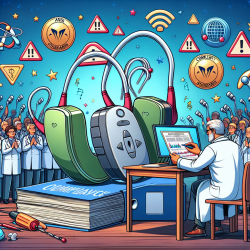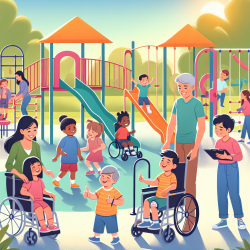As a practitioner dedicated to supporting children and families, you understand the importance of seamless cooperation between health, welfare, and education sectors. However, achieving this level of integration can be challenging. A recent study titled Functionality of cooperation between health, welfare and education sectors serving children and families offers valuable insights into overcoming these challenges and enhancing collaboration.
Here are some key takeaways from the study to help you improve your skills and foster better cooperation in your practice:
1. Awareness of Services
One of the most critical factors for successful cooperation is having a good awareness of the services available. The study found that nearly one-fifth of employees had a poor awareness of services for children and families. Improving your knowledge about the services offered by other sectors can significantly enhance your ability to collaborate effectively.
2. Agreed Cooperation Practices
Establishing agreed cooperation practices is essential for smooth collaboration. The study highlighted the importance of having written agreements on shared goals, joint practices, and information flow. Here are some steps you can take:
- Commit to common goals with other sectors.
- Form joint services and multidisciplinary work groups.
- Ensure a smooth flow of information between different sectors.
3. Overcoming Barriers
Barriers to cooperation, such as lack of resources and management practices, can hinder effective collaboration. The study found that employees were more likely than managers to perceive these barriers. To overcome these obstacles, consider the following:
- Advocate for adequate resources and support from upper management.
- Foster a culture of mutual trust and understanding among professionals from different sectors.
- Encourage regular communication and feedback to address any issues promptly.
4. Structures Supporting Cooperation
Having structures in place that support cooperation is crucial. These can include shared training sessions, joint management groups, and named persons responsible for cross-sectoral administrative matters. The study found that larger municipalities often had more structures supporting cooperation. Regardless of your municipality's size, strive to implement these structures to facilitate better collaboration.
5. Continuous Improvement
Lastly, continuous improvement is vital. The study suggests that further research is needed to identify interventions that promote cooperation and integration between different sectors. Stay informed about the latest research and best practices, and be open to adopting new strategies to enhance your collaborative efforts.
To read the original research paper, please follow this link: Functionality of cooperation between health, welfare and education sectors serving children and families.










